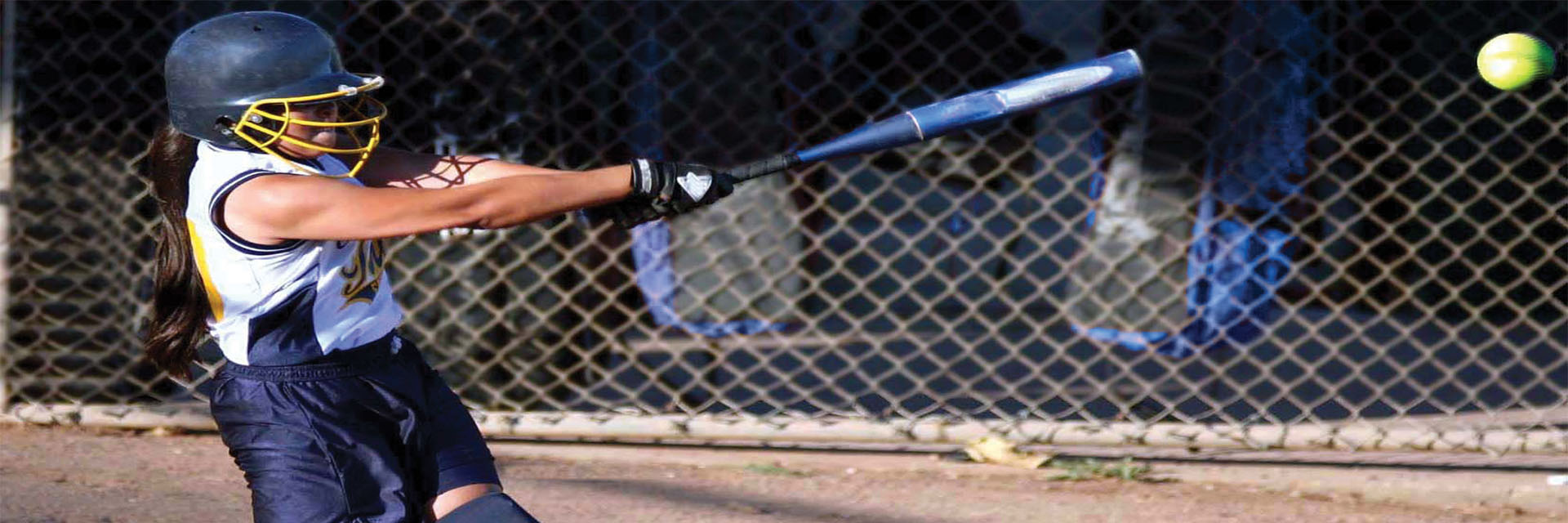School may be out for summer, and while student athletes may be tempted to take it easy, experts say taking an extended break from conditioning can backfire once school starts back up.
If athletes fail to maintain their fitness levels over the summer, a sudden return to strenuous activity can be hazardous, leading to increased risk for injury.
According to the American Academy of Orthopaedic Surgeons, many injuries can be avoided by focusing on proper conditioning, training and equipment. The AAOS provides the following recommendations:
- Practice regular conditioning prior to the beginning of the formal sports season, as many athletes injure themselves when suddenly increasing the duration, intensity or frequency of athletic activity.
- If you are out of shape prior to the start of the season, gradually increase activity levels to slowly build back up to a higher fitness level.
- Practice proper technique for the specific position being played and use the proper equipment (shoes, safety gear, etc.).
- Don’t just focus on one sport year-round, as this can lead to overuse injuries.
Orthopedic Surgeon and Sports Medicine Specialist
Lindsey Dietrich, M.D., orthopedic surgeon and sports medicine specialist on the medical staff at Texas Health Arlington and Sideline Orthopedics and Sports, a Texas Health Physicians Group practice, says that consistent conditioning during the summer break can make the transition back to team workouts easier.
“Summer conditioning can reduce the risk of overuse injuries in August and help young athletes be ready for the return to high school and collegiate athletics,” she explains. “Keeping up with your general conditioning over the summer can prevent cramps, injury and heat illness in August when school athletic seasons begin.
“With that in mind, working out in groups or pairs during the summer can be a good way for teammates to keep an eye on each other. Club sports and summer leagues are also a great way to maintain skills, but rest and cross training should be integrated at some point in the year for all young athletes, as well as professionals.”
An article published in the Journal of Athletic Training provides the following information on how athletes should progressively acclimatize themselves as they return to a formal conditioning program:
- To minimize injury or adverse effects on health, slowly introduce new conditioning periods, increasing intensity gradually to encourage proper exercise acclimation.
- Use the first week to 10 days of any new conditioning cycle as a transitional period of gradually increasing the volume, intensity, mode and duration of all exercises.
- Make sure you’re following an appropriate work-to-rest ratio for your sport. For example, a 1 to 4 work-to-rest ratio is a good starting place to emphasize recovery.
While it’s important for athletes to maintain their fitness level between May and September, it’s also important that they exercise safely during the summer.
Keeping hydrated is one of the best ways to ward off heat-related issues during strenuous summertime activities. The Centers for Disease Control and Prevention recommends drinking two to four glasses of cool fluids every hour, avoiding extremely cold drinks which can cause stomach cramps. Sports beverages can also help replace salt and minerals lost through sweating, but athletes should stay away from drinks high in sugar because of sugar’s dehydrating effect on the body.
Heat illness, which can range from mild to severe, is also a concern. An article published in the American Journal of Sports Medicine explains the symptoms of each level:
- Mild: includes heat edema, heat rash, heat cramps and heat syncope (lightheadedness)
- Moderate (heat exhaustion): symptoms include dizziness, malaise, nausea, vomiting and/or excessive fatigue with mild temperature elevations
- Severe (heat stroke): core temperature above 104°F with mental status changes, rapid pulse and unconsciousness; can be fatal
The same article explains that children are at increased risk of heat illness because of their lower sweating capacity and a higher production of metabolic heat per unit of mass during physical activities.
The CDC provides the following tips to reduce the dangers of dehydration and heat-related illness:
- Limit your exposure to heat and sun midday—when temperatures are hottest—especially when performing a physically demanding activity.
- Apply a shot glass worth of sunscreen all over your body, and follow the appropriate guidelines of reapplication to ensure protection.
- Schedule physical activities earlier or later in the day when temperatures tend to be cooler.
- Start activities slow and pick up the pace gradually—stop all activity and get to a cool environment if you feel faint or weak.
- Increase your water intake from what you’re used to in order to make up for water lost through sweating, especially if you start experiencing muscle cramps.
- Have each other’s backs! Keep an eye on a teammate’s condition, and ask them to do the same for you.
- Wear loose, lightweight, light-colored clothing to allow for perspiration to evaporate and keep your body cool.
- Seek medical care immediately if you or a teammate starts showing signs of heat-related illness.
Summer is a great time to play and maintain fitness levels without the time constraints of school, but athletes should be diligent to protect themselves from the dangers of the sun and extreme Texas heat.
For more information about Texas Health Sports Medicine or to find a sports medicine physician, visit TexasHealth.org/SportsMedicine.

